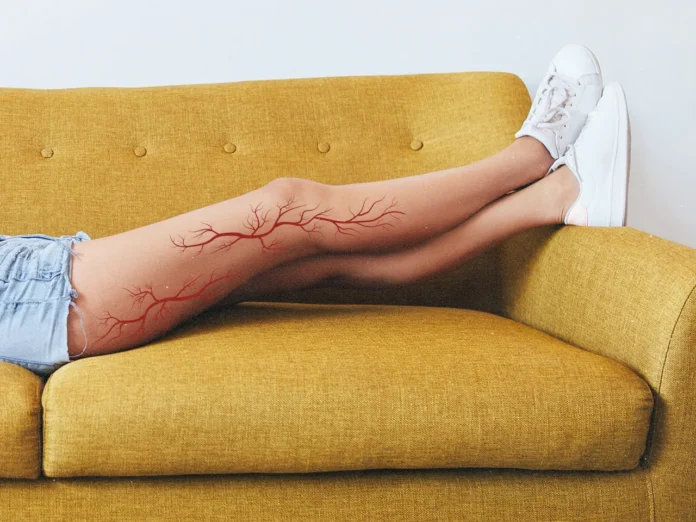Finding veins for IV can be difficult, especially if you’re working with a patient who is stressed or anxious. However, with the right techniques and approach, it can be a relatively easy process. In this blog post, we’ll outline how to find veins for IV and provide some tips for making the process as smooth as possible.
So, stay with us till the end, and you’ll be an expert on finding veins for IV in no time!
Different Methods for Finding Veins for IV
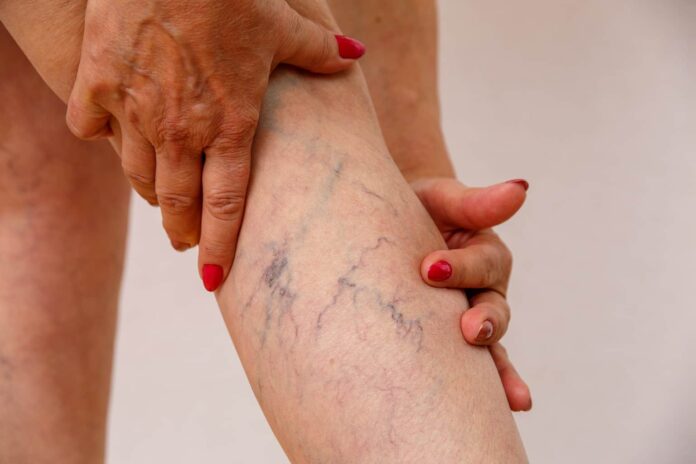
These are various methods that you can use to find veins for IV. Some of the most effective ones are discussed below:
- Vein Finder
- Palpation
- Transillumination
- Tourniquet
Method 1: Using a Vein Finder
If you’re having trouble finding veins, one method you can use is a vein finder. A vein finder is a tool that uses infrared light to identify veins beneath the skin.
Once the veins have been located, they can be accessed with a needle or catheter. We recommend vein finders, which are handheld, portable vein finders because they are easy to use.
To use the vein finder like the one at AimVein, simply hold it against the skin and move it around until the veins are clearly visible. Once you’ve found the veins, you can insert the needle or catheter into the vein.
Method 2: Palpation
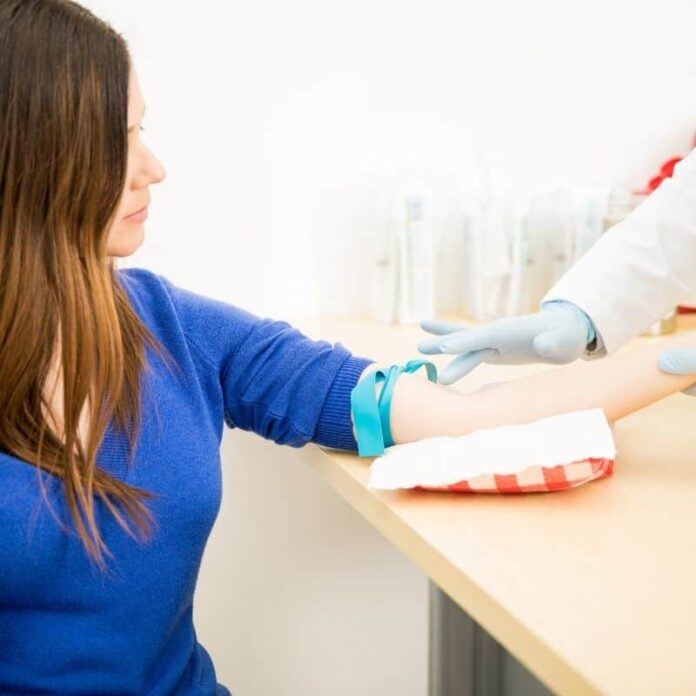
Another method you can use to find veins is palpation, which is the process of feeling for veins with your fingers. To palpate for veins, simply glide your fingers over the skin until you feel a small, round bump.
This bump is the vein, and you can then insert the needle or catheter into the vein.
Method 3: Transillumination
Transillumination is another method you can use to find veins. To do this, you’ll need a penlight or other small, handheld light source.
To use Transillumination, hold the light against the skin and look for areas where the light shines through. These areas are likely to be veins, and you can easily carry out the needle or catheter insertion.
Method 4: Use of Tourniquet
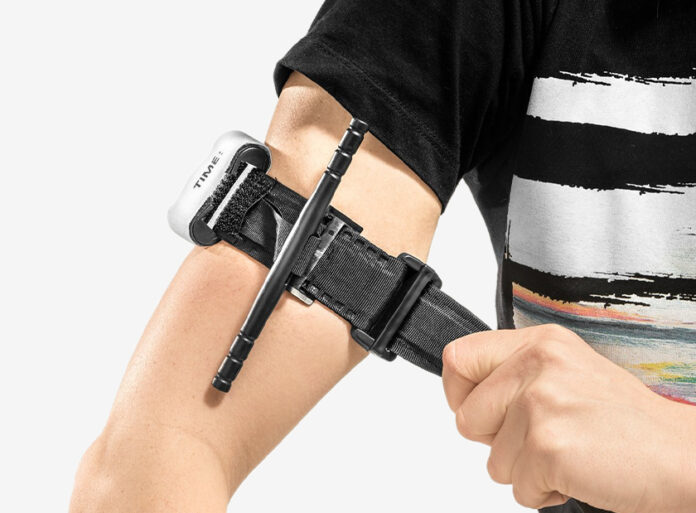
If all else fails, you can try using a tourniquet. A tourniquet is a device that is used to constrict blood flow to an area.
To use a tourniquet, simply tie it around the upper arm, just below the elbow. The tourniquet should be tight enough to constrict blood flow, but not so tight that it causes pain.
Once the tourniquet is in place, you can then locate veins and insert the needle
Method 5: Use of Ultrasound
If you want to get a little more technical, you can always try using ultrasound to find veins. Ultrasound uses sound waves to create an image of the veins beneath the skin.
To use ultrasound, simply hold the device against the skin and move it around until the veins are visible. Once you’ve found the veins, you can insert the needle or catheter.
Additional Tips for Finding Veins

- Look for the “sweet spot.” The sweet spot is the area between the wrist and elbow, on the inside of the arm. This is typically where veins are the most visible and accessible.
- If you’re having trouble finding veins, try using a warm compress. Applying a warm compress to the skin can help to dilate veins and make them easier to locate.
- Avoid using a tourniquet for more than two minutes. If a tourniquet is left in place for too long, it can cause tissue damage.
- If you’re still having trouble finding veins, don’t hesitate to ask for help. There’s no shame in asking for assistance, and chances are, someone else will be more than happy to help you out.
- Be patient. While it may take some time to find veins, it’s important to remain calm and patient. Getting stressed or anxious will only make the process more difficult.
By following these tips, you should have no trouble finding veins for IV. Just remember to stay patient and take your time, and you’ll be successful in no time.
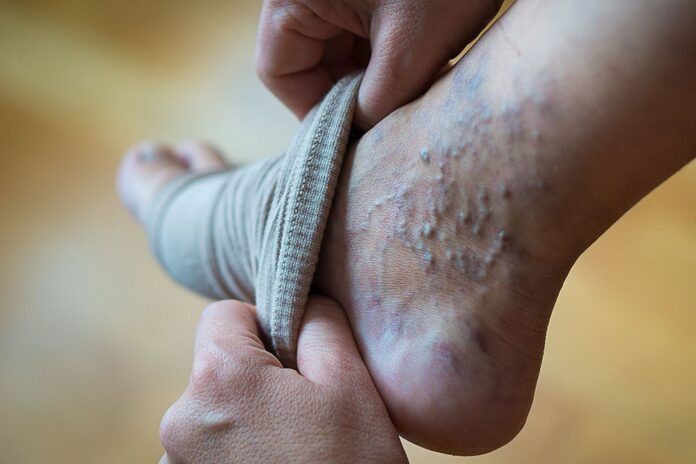
FAQs
Q: What are some other methods for finding veins?
A: In addition to the methods mentioned above, there are also a few other methods that can be used to find veins. These include using a Doppler device, thermography, and fluoroscopy.
Q: What is the best method for finding veins?
A: The best method for finding veins will vary from person to person. Some people find that Transillumination is the easiest method, while others prefer palpation. Ultimately, it’s up to you to experiment with different methods and see what works best for you.
Q: I’m still having trouble finding veins. What should I do?
A: If you’re still having trouble finding veins, don’t hesitate to ask for help. There’s no shame in asking for assistance, and chances are, someone else will be more than happy to help you out. You can also try using a warm compress or a tourniquet to make the veins more visible.
Q: I’m afraid of needles. Is there anything I can do to make the process easier?
A: If you’re afraid of needles, there are a few things you can do to make the process easier. First, try using a numbing cream to numb the area. You can also ask your healthcare provider to use a smaller needle. Finally, try to relax and take deep breaths. The more relaxed you are, the less painful the process will be.
Q: What are some common complications of IV?
A: Some common complications of IV include pain, bruising, and swelling at the injection site. Additionally, there is a small risk of infection. However, these complications are rare and can usually be avoided by following proper technique.
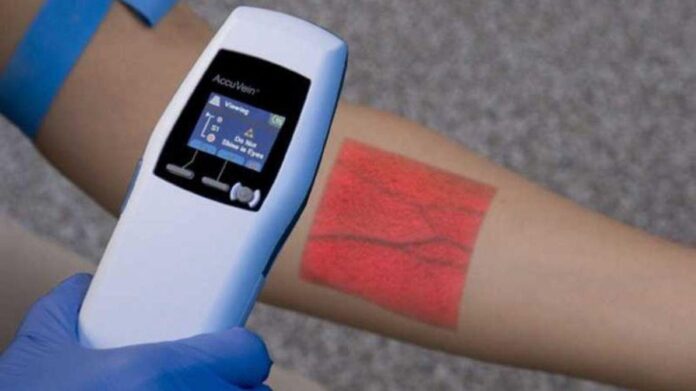
Takeaway
Conclusion paragraph: So there you have it – a few tips to help find veins for IV. By following these simple steps and using the techniques demonstrated in this video, you should be able to locate a vein relatively easily. Have you ever had trouble finding a vein? What tricks do you use to make the process easier? Let us know in the comments below.

